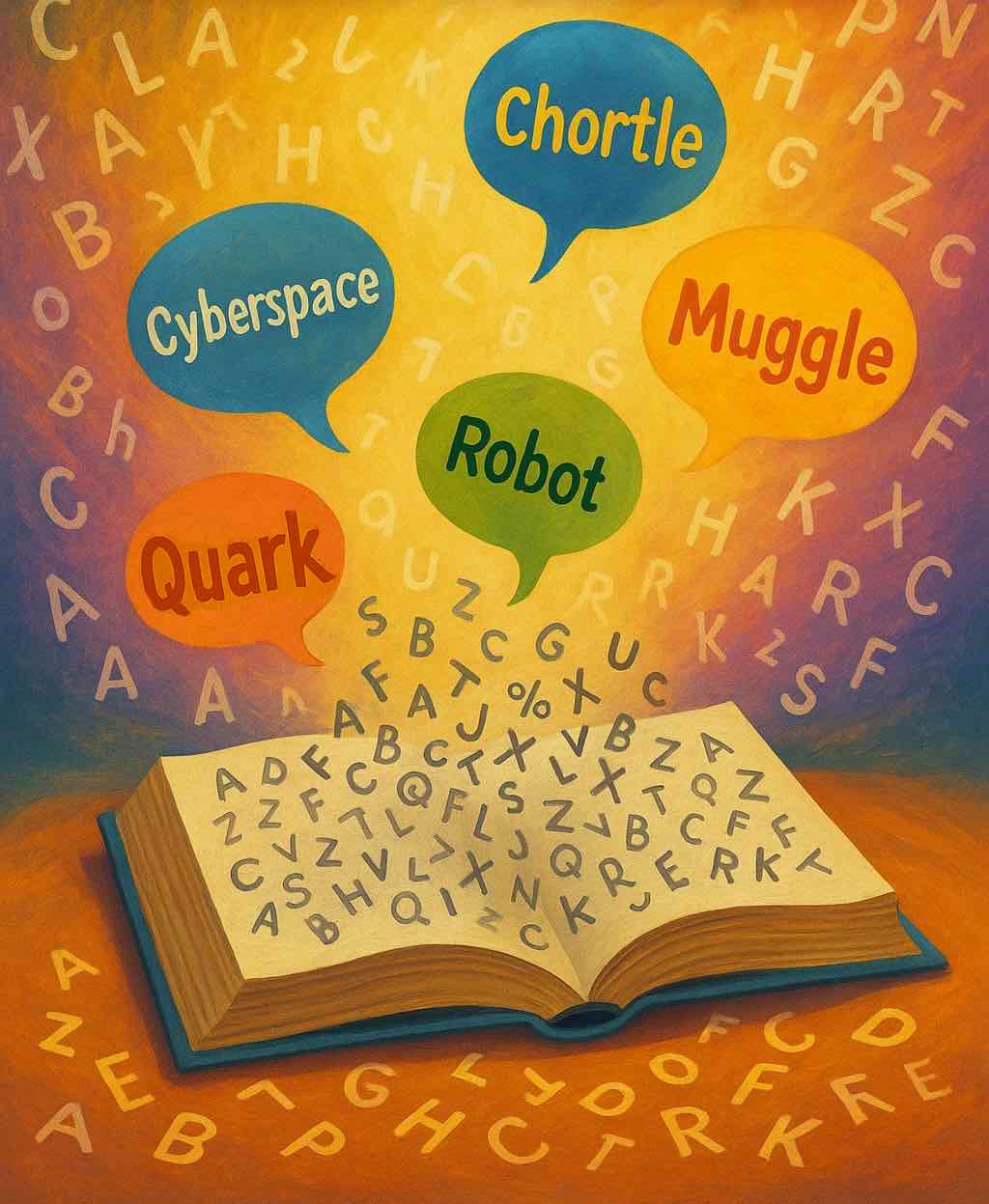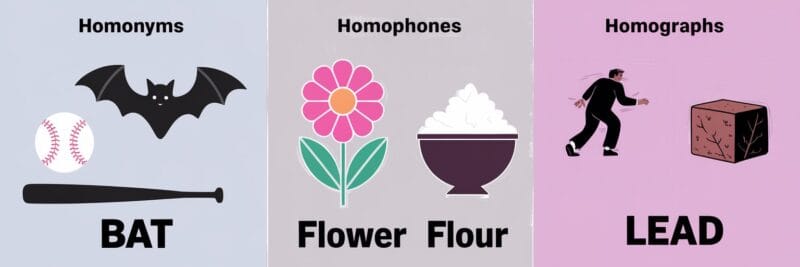Language is never static. It evolves to reflect new ideas, technologies, and social shifts. Writers play a significant role in this transformation, often creating or popularizing new terms that enter common usage. The phenomenon of introducing new words is referred to as neologism. In literature, neologisms do more than decorate the page. They reveal an author’s ingenuity, shape the way characters speak and think, and even influence how language is used beyond the confines of the text.
Definition and Etymology
A neologism is a newly coined word, expression, or phrase that may be in the process of entering everyday usage. It typically arises when existing vocabulary fails to capture an emerging idea, invention, or concept. The definition of neologism encompasses more than just invented words; it also includes existing words assigned new meanings or forms.
The term “neologism” comes from the Greek neos, meaning “new,” and logos, meaning “word” or “speech.” While many neologisms fade quickly, some persist and eventually become accepted components of the language. The Oxford English Dictionary continually expands to include these new lexical terms, which highlight their growing legitimacy.
In literature, neologisms are often crafted for stylistic purposes, satire, or to reflect a fictional society’s lexicon. Whether born out of necessity or artistic flourish, these terms mark a writer’s influence on language.
Types of Neologisms
Writers employ various kinds of neologisms depending on their goals and the needs of their work. One category is lexical neologism, where entirely new words are invented. These are often built from recognizable roots or blended components of existing words. They require no previous association but gain clarity from context.
Semantic neologisms, meanwhile, involve assigning new meanings to existing words. This can subtly alter the reader’s perception and create unique linguistic shifts within a work. For example, repurposing a familiar word in a different context can alter its nuance or perceived intent.
Phonological or morphological neologisms, on the other hand, arise from manipulating sound or structure. An author might add or subtract syllables or combine morphemes in a way that forms unfamiliar yet intuitive words. These often reflect dialect, character background, or invented linguistic systems in speculative fiction.
Lastly, jargon-based or technical neologisms appear in works that center around imagined technologies or societal structures. These words lend plausibility to fictional worlds and provide texture to the material being presented.
Each type contributes to the linguistic architecture of the work and often helps construct the internal logic of its setting.
Neologism Examples in Literature
Numerous influential literary works have introduced neologisms that extend beyond the text. These neologism examples highlight how fictional coinages can enter common speech or inspire similar formations.
- Chortle: Created by Lewis Carroll in Through the Looking-Glass (1871), this word is a portmanteau of “chuckle” and “snort.” Though initially playful, it has since been adopted into general vocabulary.
- Doublethink, Thoughtcrime, and Newspeak: Coined by George Orwell in Nineteen Eighty-Four (1949). Each of these terms encapsulates complex ideas in single expressions, reflecting a totalitarian regime’s manipulation of language and thought.
- Droog: Introduced by Anthony Burgess in A Clockwork Orange (1962), this term is derived from the Russian word for “friend.” It is part of a broader fictional argot called Nadsat, reflecting a violent youth subculture and creating psychological distance from conventional morality.
- Muggle: Popularized by J.K. Rowling in the Harry Potter series, this word refers to non-magical people. Its popularity extended beyond the books, and it began appearing in casual conversation beyond the fandom.
- Cyberspace: Popularized by William Gibson in Neuromancer (1984), this term originally described a virtual environment. It has since become essential in discussions about the internet and virtual communication.
- Robot: Introduced by Karel Čapek in R.U.R. (Rossum’s Universal Robots) (1921), the word comes from the Czech word for “forced labor.” It is now foundational to technology, ethics, and artificial intelligence discourse.
- Catch-22: Coined by Joseph Heller in Catch-22 (1961), this term describes a paradoxical situation with no escape due to conflicting rules. It is now commonly used to describe bureaucratic absurdities or no-win scenarios.
- Quark: First used in James Joyce’s Finnegans Wake (1939) and later adopted by physicist Murray Gell-Mann to describe a fundamental particle. Although the word originated in literature, it now holds significance in scientific terminology.
These examples illustrate how neologisms can embody social roles, power dynamics, and constructed identities. Their memorability often depends on their internal logic, phonetic appeal, or contextual clarity.
How Neologisms Influence Language Beyond Literature
Neologisms introduced in literary works often transcend the page. They can be adopted into everyday usage, particularly when they address conceptual gaps or offer linguistic novelty. Terms like cyberspace and robot, both popularized through fiction, now serve essential roles in describing the modern world.
The adoption of neologisms from literature reflects the influence authors exert on collective language. Through imaginative coinage, they contribute to the evolution of speech, especially when these terms address emerging phenomena or anxieties that older words fail to articulate.
Why Writers Use Neologisms
Writers turn to neologisms to stretch the boundaries of expression. Inventing a new word can accomplish what familiar language cannot. Neologisms let authors describe phenomena, emotions, or ideas that conventional terms might distort or constrain.
Some authors are particularly associated with this technique. Joyce, for instance, manipulated English extensively in Finnegans Wake by fusing multilingual puns and neologisms into a dense linguistic puzzle. Dr. Seuss filled his books with playful and rhythmic invented words, which enhanced the sense of whimsy and surprise in his works.
Neologisms also signal originality. By constructing new terms, authors shape the rhythm, tone, and voice of their work. This technique can create vivid contrasts between speakers, distinguish social or ideological divisions, or evoke invented cultures. In speculative genres like science fiction or dystopian fiction, neologisms are essential in shaping settings that are distinct from the contemporary world.
Further Reading
Neologism on Wikipedia
Everyday Words That Were Invented by Famous Authors by Emily Temple, FlavorWire
When in Need of the Right Word, Great Writers Simply Make Them Up by Ralph Keyes, Literary Hub
Authorisms: Words Wrought By Writers review – ‘a fascinating history of neologisms’ by Peter Conrad, The Guardian




